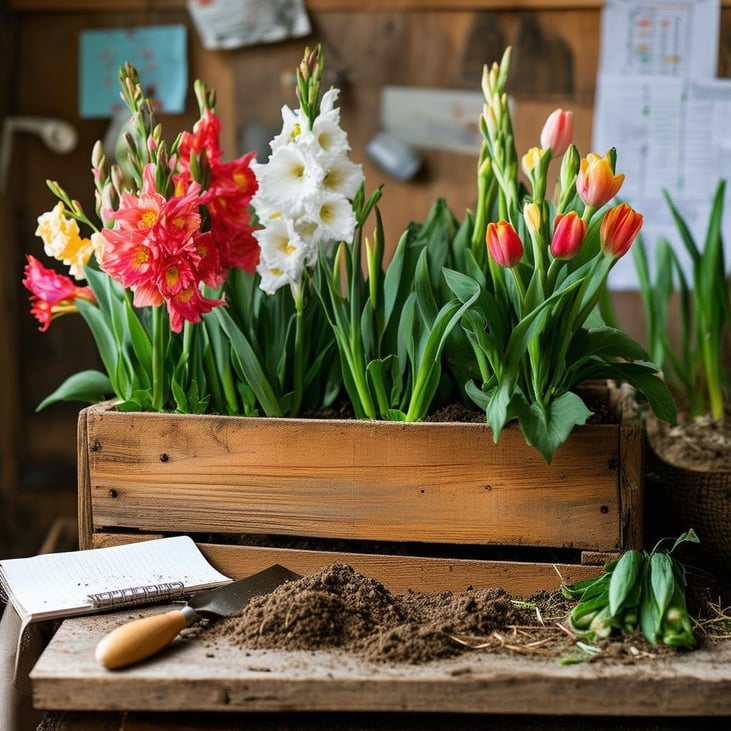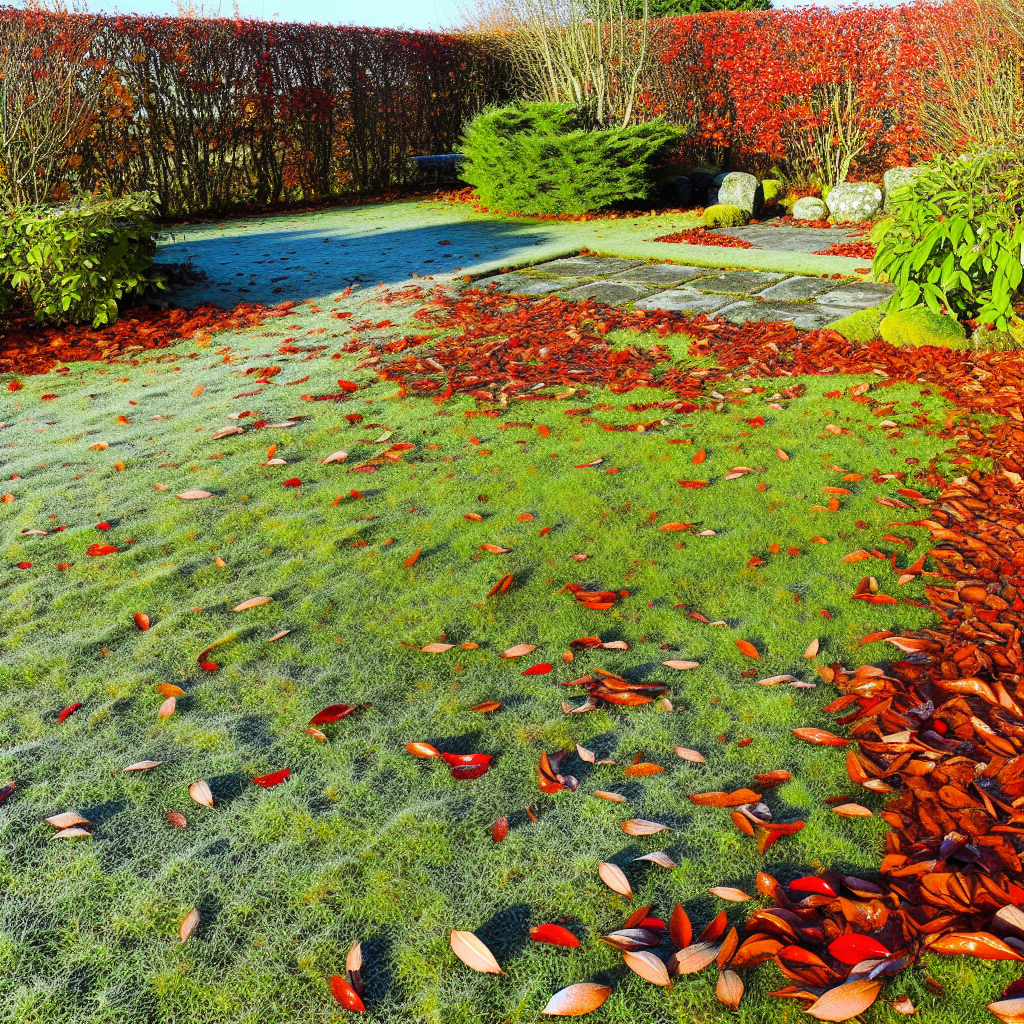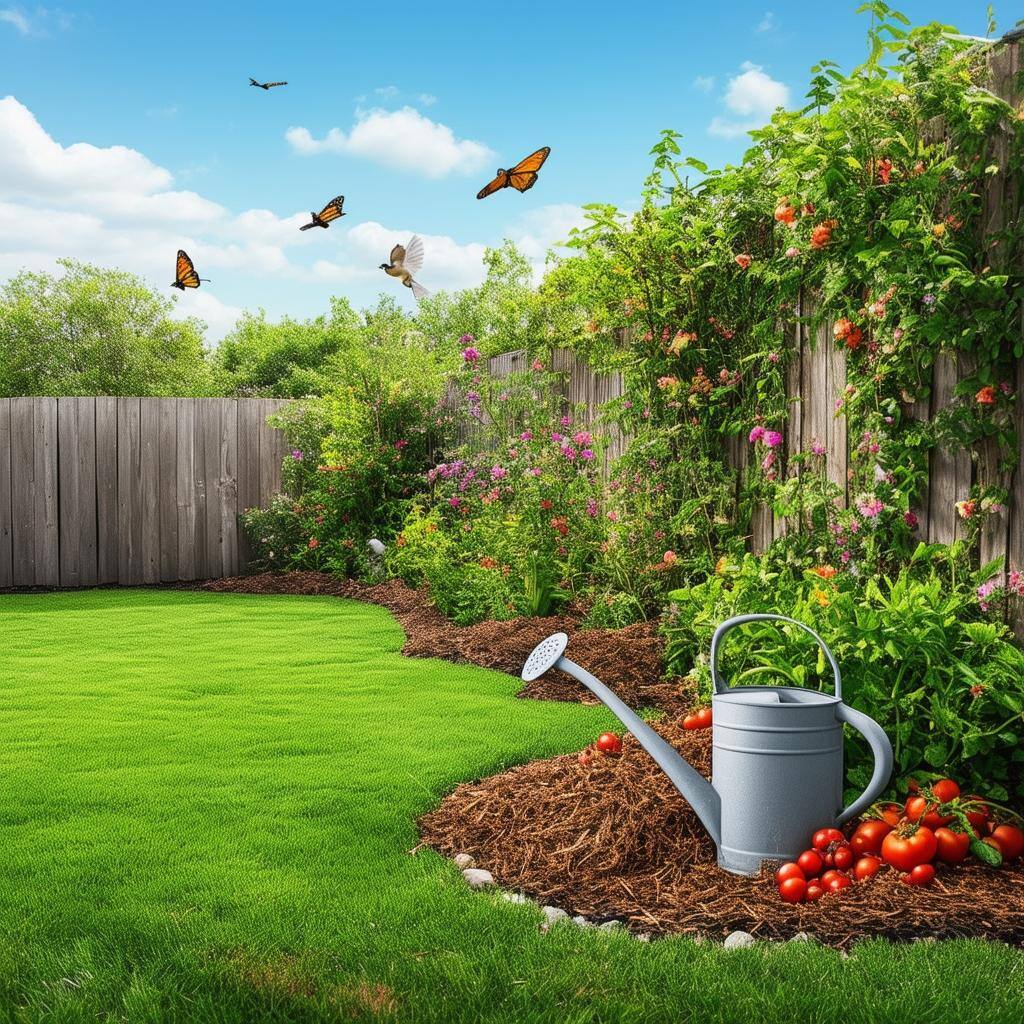
Ensuring the longevity of your stored roots and bulbs is crucial for a vibrant garden next season. Learn how to monitor their condition effectively.
Why Regular Checks on Stored Roots and Bulbs Are Essential
Regularly checking on your stored roots and bulbs is essential to ensure they remain healthy and viable for the next planting season. Periodic inspections can help you identify and address issues before they become severe, such as rot, mold, or pest infestations.
By monitoring their condition, you can also make necessary adjustments to their storage environment, such as temperature and humidity, to maintain optimal conditions for preservation.
Signs of Healthy Stored Roots and Bulbs
Healthy stored roots and bulbs are firm to the touch and free from any visible signs of decay or damage. They should not emit any foul odors, which can be indicative of rot or mold.
Look for roots and bulbs that have retained their natural color and have not shriveled or dried out excessively. These signs suggest that they are still viable and ready for planting when the time comes.
Common Problems to Look Out For
While inspecting your stored roots and bulbs, be on the lookout for common problems such as rot, mold, and pest infestations. Rot often manifests as soft, mushy spots and can spread rapidly if not addressed.
Mold can appear as fuzzy or powdery growth on the surface of roots and bulbs, while pests such as insects and rodents can cause physical damage and spread diseases. Early detection and intervention are key to preventing these issues from compromising your stored plant materials.
Best Practices for Maintaining Stored Roots and Bulbs
To maintain the health of your stored roots and bulbs, ensure they are kept in a cool, dry, and well-ventilated environment. Avoid exposing them to direct sunlight or extreme temperatures, which can cause them to deteriorate more quickly.
Check on your stored roots and bulbs at least once a month, and remove any that show signs of decay or damage to prevent the spread of problems. Additionally, consider using breathable storage materials, such as mesh bags or wooden crates, to promote air circulation and reduce the risk of mold growth.
When and How to Prepare for the Next Planting Season
As the next planting season approaches, begin preparing your stored roots and bulbs by gradually acclimating them to outdoor conditions. This process, known as hardening off, involves exposing them to increasing amounts of sunlight and outdoor temperatures over a period of time.
Before planting, inspect the roots and bulbs one final time to ensure they are still healthy. Trim away any damaged or decayed portions, and follow specific planting guidelines for each type of root or bulb to ensure successful growth.
Best Plants to Store Over Winter
Some of the best plants to store over winter include dahlias, gladiolus, cannas, and begonias. These plants have tuberous roots or bulbs that can be easily dug up, cleaned, and stored for the cold months.
Other excellent choices are tulips, daffodils, and hyacinths, which can be lifted and stored in a cool, dry place until they are ready to be replanted in the spring.
Step by Step Guide to Storing Roots and Bulbs Over Winter
1. Dig up the roots and bulbs carefully, avoiding any damage to them.
2. Clean off any soil and remove any damaged or diseased parts.
3. Allow the roots and bulbs to dry in a cool, airy place for a few days.
4. Place them in breathable storage materials such as mesh bags or wooden crates.
5. Store in a cool, dry, and dark location, checking periodically for any signs of decay or pests.
6. Gradually acclimate them to outdoor conditions before replanting in the next growing season.



